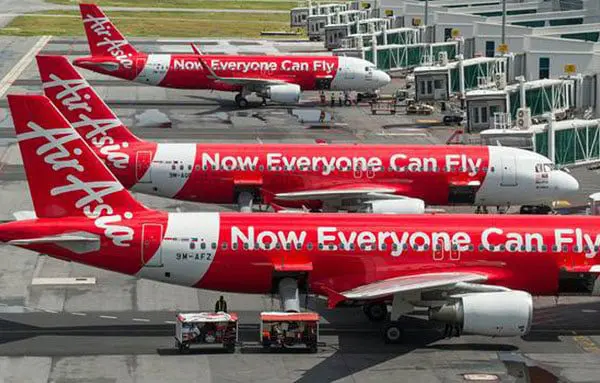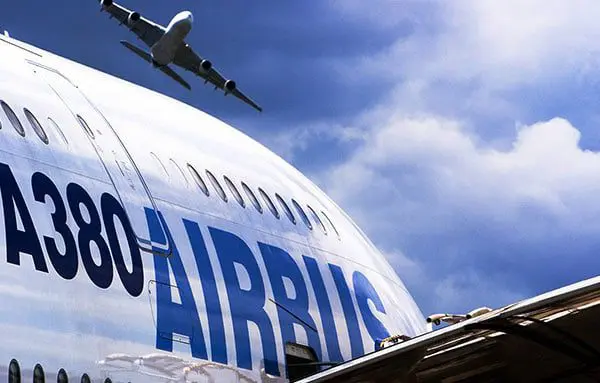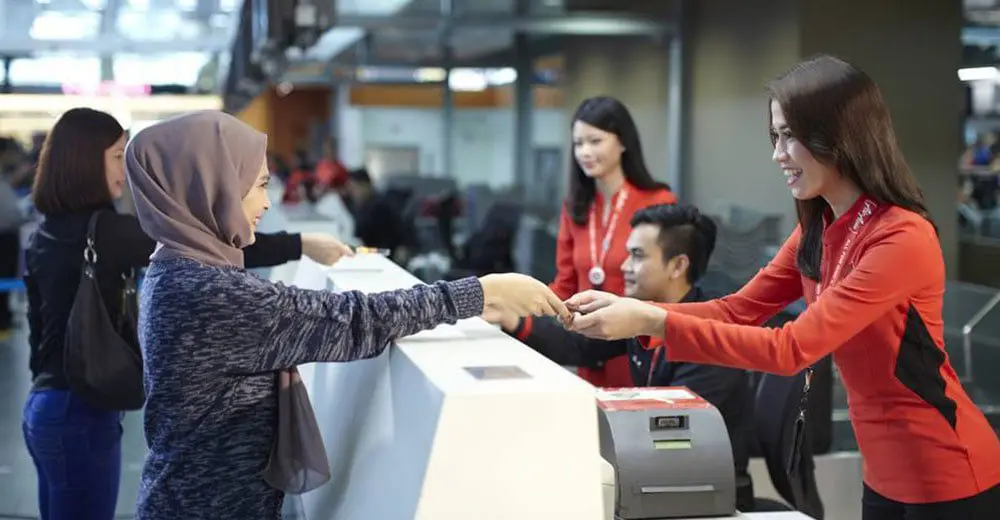The likes of Air Asia, Jetstar, Tiger and other budget airlines have opened up the world to millions of travellers who wouldn’t otherwise have the means to go on that holiday to Bali or Phuket or Hawaii.
I mean, a one-way flight to Kuala Lumpur for $199? Or a return trip to Hawaii for only $500? Yes please!
But of course, these prices are rare, and anyway, surely these airlines make their money back by charging you an arm and a leg at any chance they get – from baggage, seat selection, food, and even checking you in at the airport?
Well, not exactly, at least when it concerns Air Asia.
According to this article by Bloomberg Gadfly columnist, David Fickling, Air Asia doesn’t actually make the major chunk of its income through any of these extra revenue channels, and in fact runs at a loss when just ticket sales are concerned. Even when food, baggage and all these additional charges are taken into account, Air Asia would be lucky to break even.
Which begs the question: how on earth is an airline like Air Asia able to stay in business? And not just stay in business, but become the dominant budget airline in Asia, winning multiple Skytrax awards along the way?

Source: http://blogs.wsj.com
Well, surprisingly, Air Asia is as much in the aircraft selling and leasing business as it is in whisking passengers all over the world in shiny red planes, and indeed makes the bulk of its income from the latter. That’s according to the airline’s third quarter financial results that were released recently, which showed a 11 percent increase in revenue, and a whopping 187 percent increase in profit after tax.
Pretty impressive huh?!
But how does it work? I hear you ask. It’s actually fairly simple.
Air Asia is Airbus Group SE’s second biggest customer (behind Indian low-cost carrier IndiGo), with a total of 575 planes to its name, 401 of which have yet to be delivered. That means Air Asia has huge negotiating power when it comes to putting in an order for another aircraft. It can basically ask for a discount whenever it wants, and Airbus is likely to oblige. Which makes total sense if you were Airbus: you wouldn’t want to upset your second biggest customer now would you?
In basic terms, what this means is that Air Asia is able to purchase Airbus aircraft at prices lower than the usual market rates – much lower than other airlines and airline leasing companies, such as GE Capital Aviation Services.

Source: www.thecountrycaller.com
But now here comes the crucial part. Whenever Air Asia feels its time for another cash injection, or when it feels it has too many aircraft on its books, it simply sells some of its aircraft at market value to an airline lessor and then leases the aircraft back, paying the normal lease rates.
Yep, it’s the old sale-and-leaseback routine!
Now, when you add up how much Air Asia originally bought the aircraft for from Airbus (remember, often at a discounted rate), factor in the costs to lease the aircraft from the new lessor, and then compare that to how much Air Asia sold the aircraft to the lessor airline company, Air Asia is left with a hefty profit!
So that’s how it’s able to make money.
For us consumers, this state of affairs is bloody brilliant. Air Asia is able to continue offering us these cheap airfares to exotic parts of the world whilst still turning a hefty profit. Everybody wins!
Just how long this will continue for is obviously up in the air. Anything can change at any moment. But at least for the time being, it’s a great time to be alive and fly!







